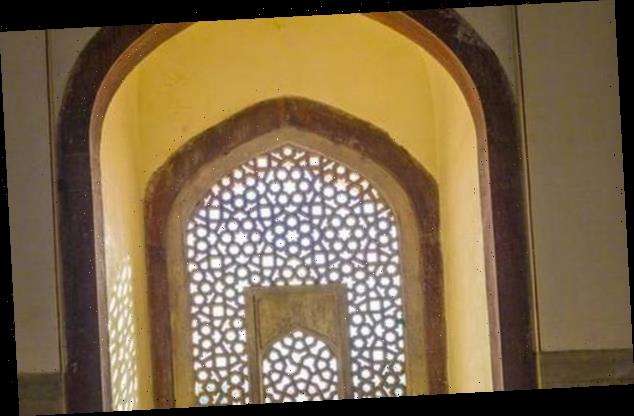Anupama Mohanram on natural cooling materials you could opt for
Some memories from childhood stay with us forever. For me, one such memory is of my visits to small, quaint libraries in Salem. The smell of the books and the fragrance from vetiver (khus) blinds still linger. I remember helping my mother spray water on these blinds during warm summer days and then the cool breeze would waft in, filling the room with the aroma of vetiver. This was our natural air conditioning system.
These blinds are made from the roots of vetiver, which is a perennial tall grass. Its roots are aromatic and other than blinds and mats, they are used for making a fragrant oil that is used in perfumes and aromatherapy. Like bamboo, this material is also an environmentally-friendly option that adds charm to our indoor spaces.
While a spray of water on vetiver blinds works to cool air in hot and dry regions, for humid conditions of Chennai, they work just as well without the water. The narrow slits in these blinds will allow the passage of breeze and, combined with high openings for hot air, ensures adequate and continuous ventilation within indoor spaces.
In today’s context when mechanical air conditioning leads not only to environmental damage but also to adverse health effects, open grills and/or jaalis are better options. They allow the free flow of breeze and augmented with blinds, they control glare. In order to prevent water ingress during the monsoon, adequate shading will need to be provided by means of deep overhangs or verandahs.
The use of jaalis will also address safety concerns. The pattern of openings in such grills leads to the Venturi effect — where the velocity of wind increases when it passes through smaller openings, leading to a deeper penetration of the breeze into the indoor spaces. The blinds would also serve as a heat and glare control device, to be used when required. The use of conventional glass shutters could then be avoided, which are not only unnecessary when open but also only end up letting in heat when closed.
Artistic designs in these jaalis will result in interesting patterns of light and shadow. In fact, traditional jaalis involved extensive handiwork by artisans and were a major aesthetic element in Indian, Indo-Islamic and Islamic architecture. Today, prefabricated jaalis made with terracotta and precast concrete are readily available. Custom designs can be created in materials as varied as natural stone and metal as well.
It’s a given that these design interventions can be artistic, cost-effective, are healthier for us, and more importantly, foster environmental sustainability. So the next time you are looking at redoing your interiors or perhaps getting a home built, make use of these materials and see the wonders they can do for your spaces.
The author is the founder of Green Evolution, a sustainable architecture firm
Source: Read Full Article

